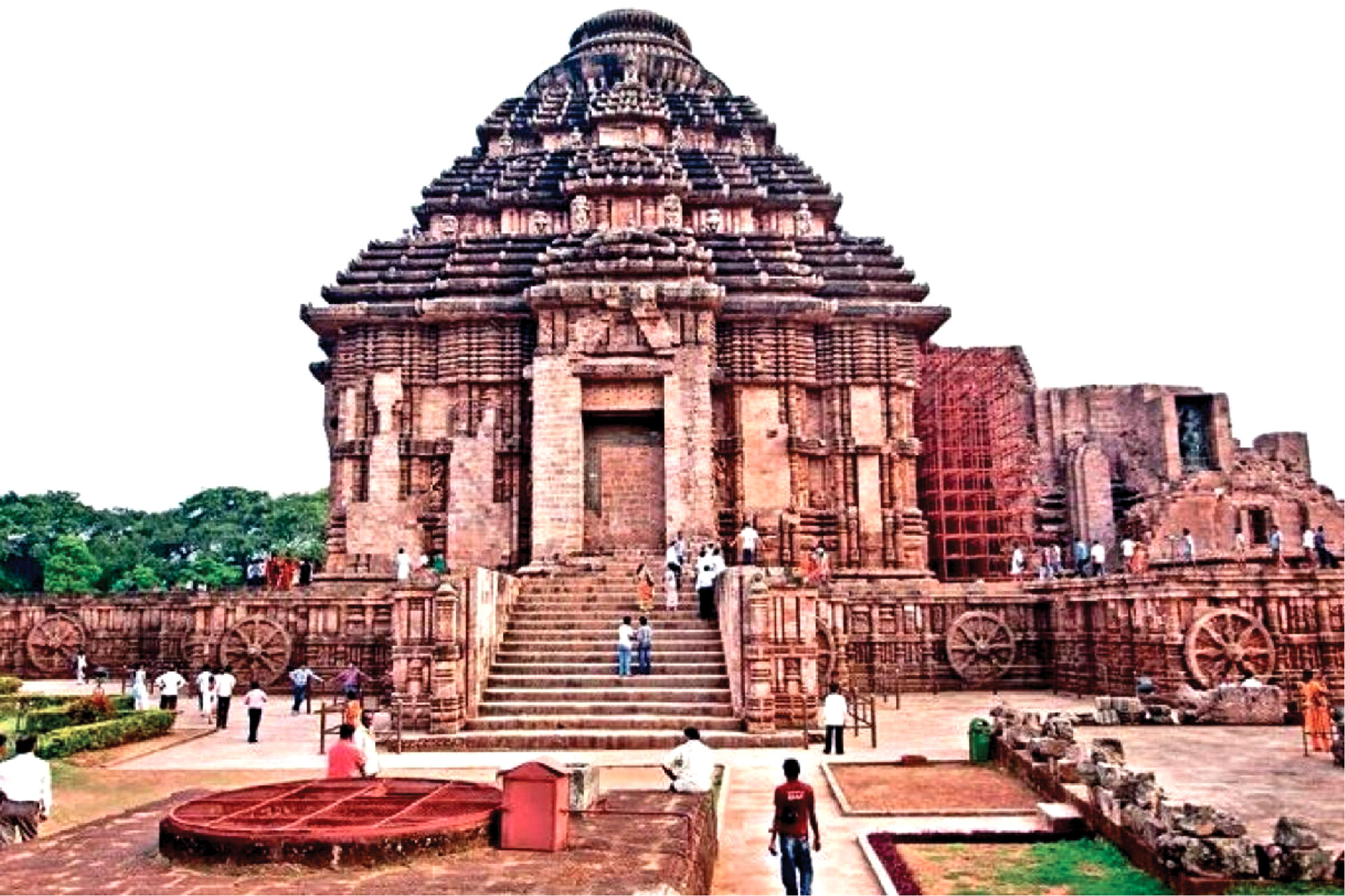The astounding profound knowledge of our ancestors in various subjects is manifested in the temple architecture. Our mind and all our five senses need to be fully in a state of awareness to know and understand our ancestors’ greatness
-Dr Ujwala Chakradeo

Sun Temple of Konark, on the beach, very close to Bhubaneswar, built on the soil of Odisha. Twelve hundred people spent twelve consecutive years to make a dream come true; dreamt by Narasimhadev. He ruled Odisha eight hundred years ago (1230-1264). He built the temple to pay his vows. Why at Konark and why not anywhere else?
The place was already known as ‘Arka Kshetra’, a place where Surya – Sun God was worshipped since time immemorial. On Ratha Saptami every year, the place has been crowded with devotees for thousands of years to worship the Sun God. Konark in Odisha is the north-eastern coast of India. Sun was worshipped here on Makar Sankranti. The Sun’s rays first touch this holy land of India on the day of Makar Sankrant.
The transition of the Sun from one sign of the Sun to another is called Sankranti. So, every month there is Sankranti. In the Hindu month of Poush, when the Sun transition is from Sagittarius to Capricorn, it is called Makar Sankrant (Capricorn Solstice). This Solstice is important because, at this juncture, Sun changes its path and direction. From Dakshinayan to Uttarayan, from South to North. Actually, the smallest day is December 21. Thus Uttarayan- Sun’s journey towards north ideally should start on this day. However, since Earth’s axis is tilted by 23.45o the period of Sun’s entering into Uttarayan is shifting gradually. On January 14, every year is the Makar Sankranti.
Considering the Sun’s importance in human life and knowing the importance of the place where the Sun’s rays touch the Earth on an important day in terms of astronomy, our ancestors made it a pilgrimage site.
(The columnist is Principal of SMM College of Architecture, Nagpur and specialises in Bharatiya Architectural Heritage)















Comments